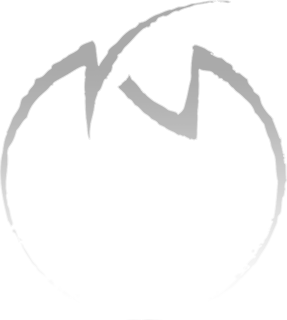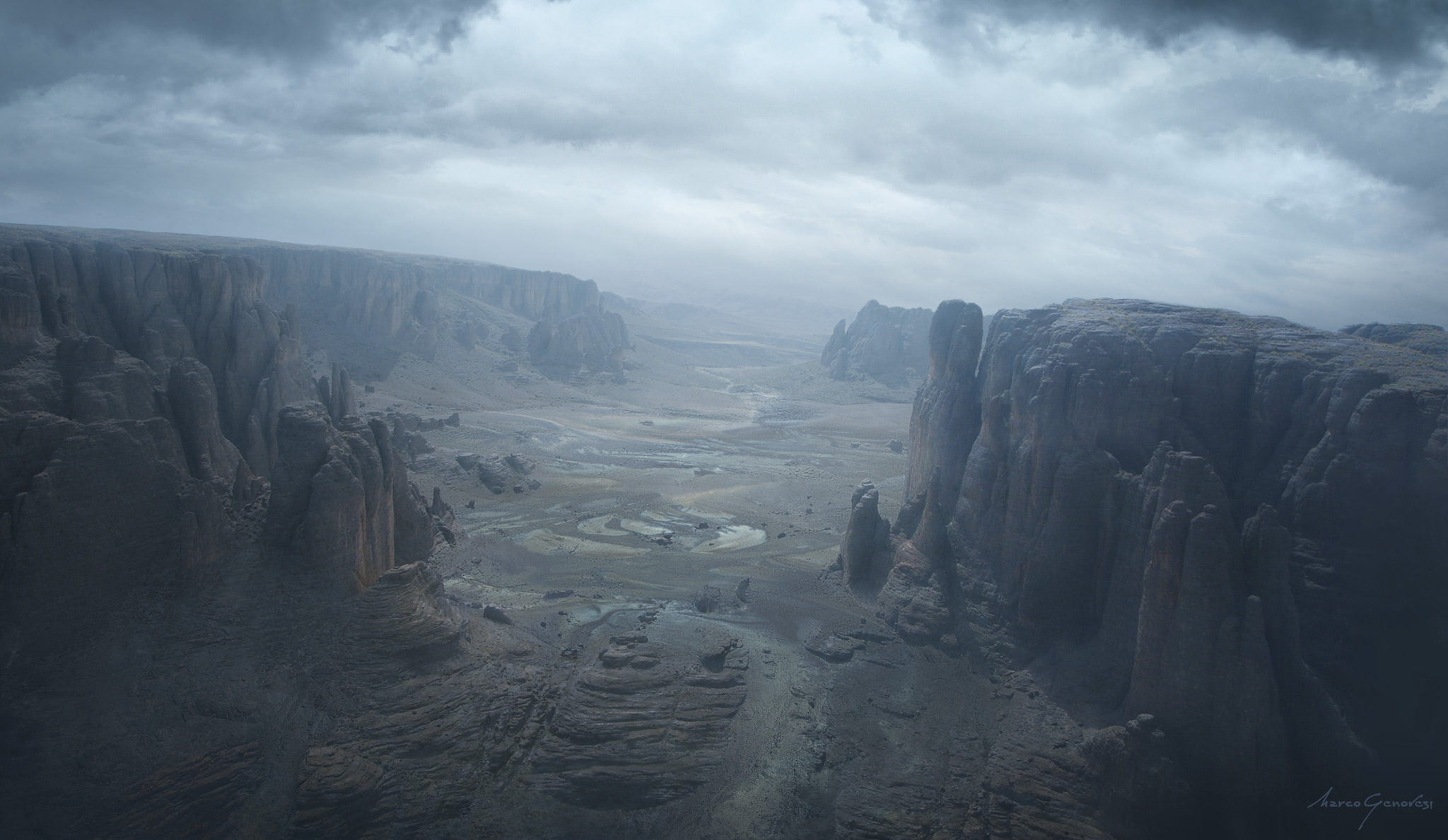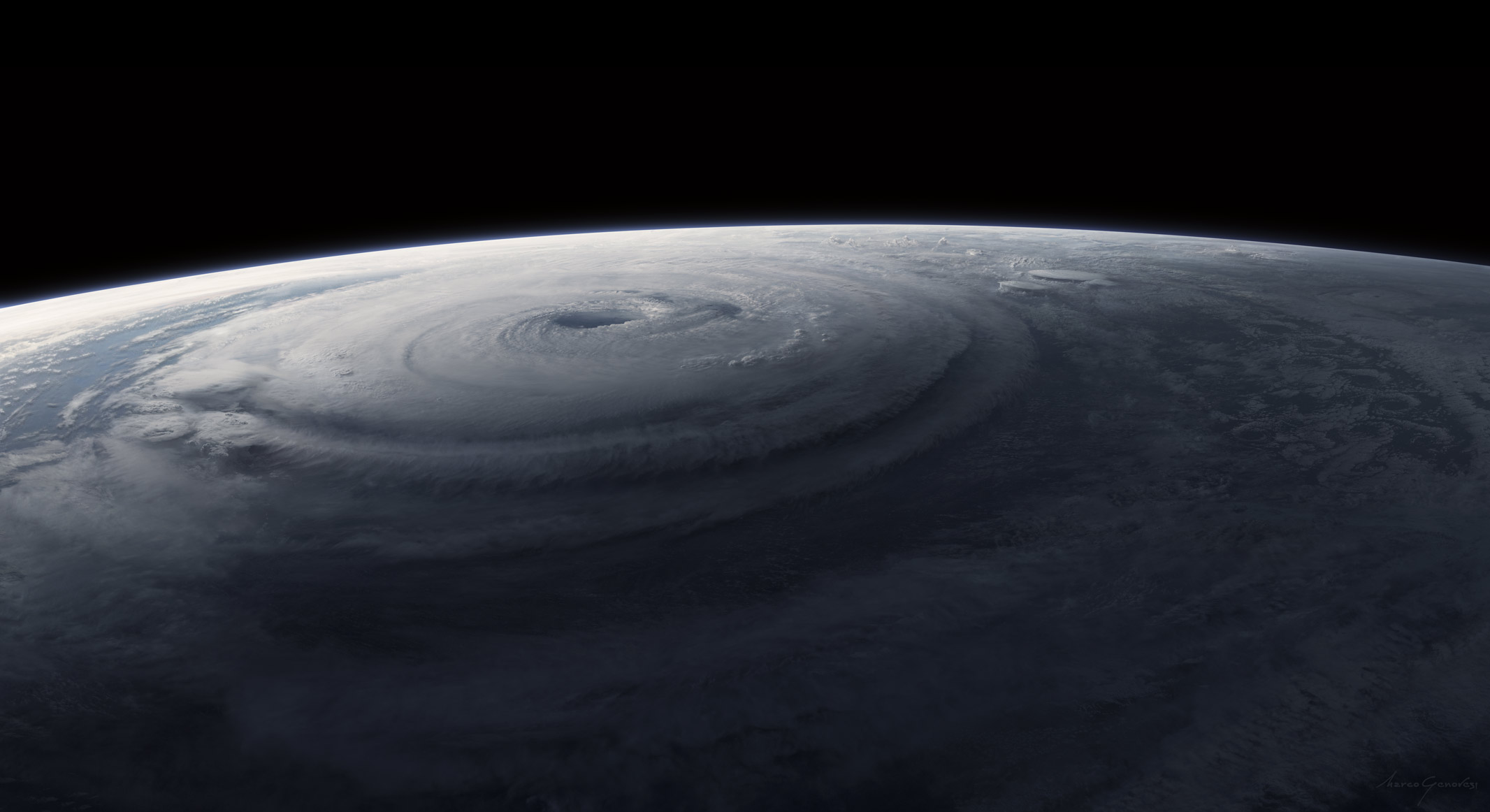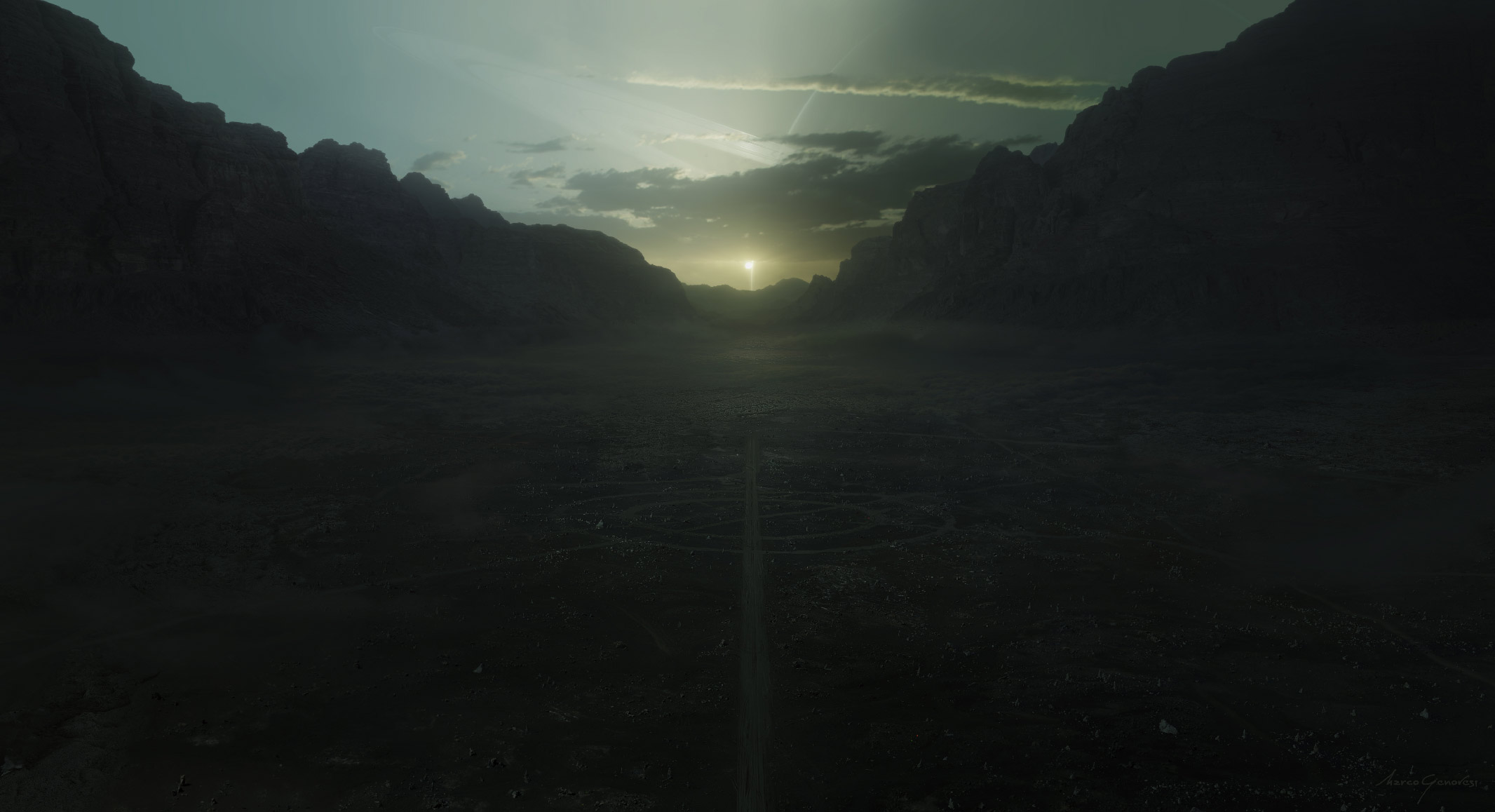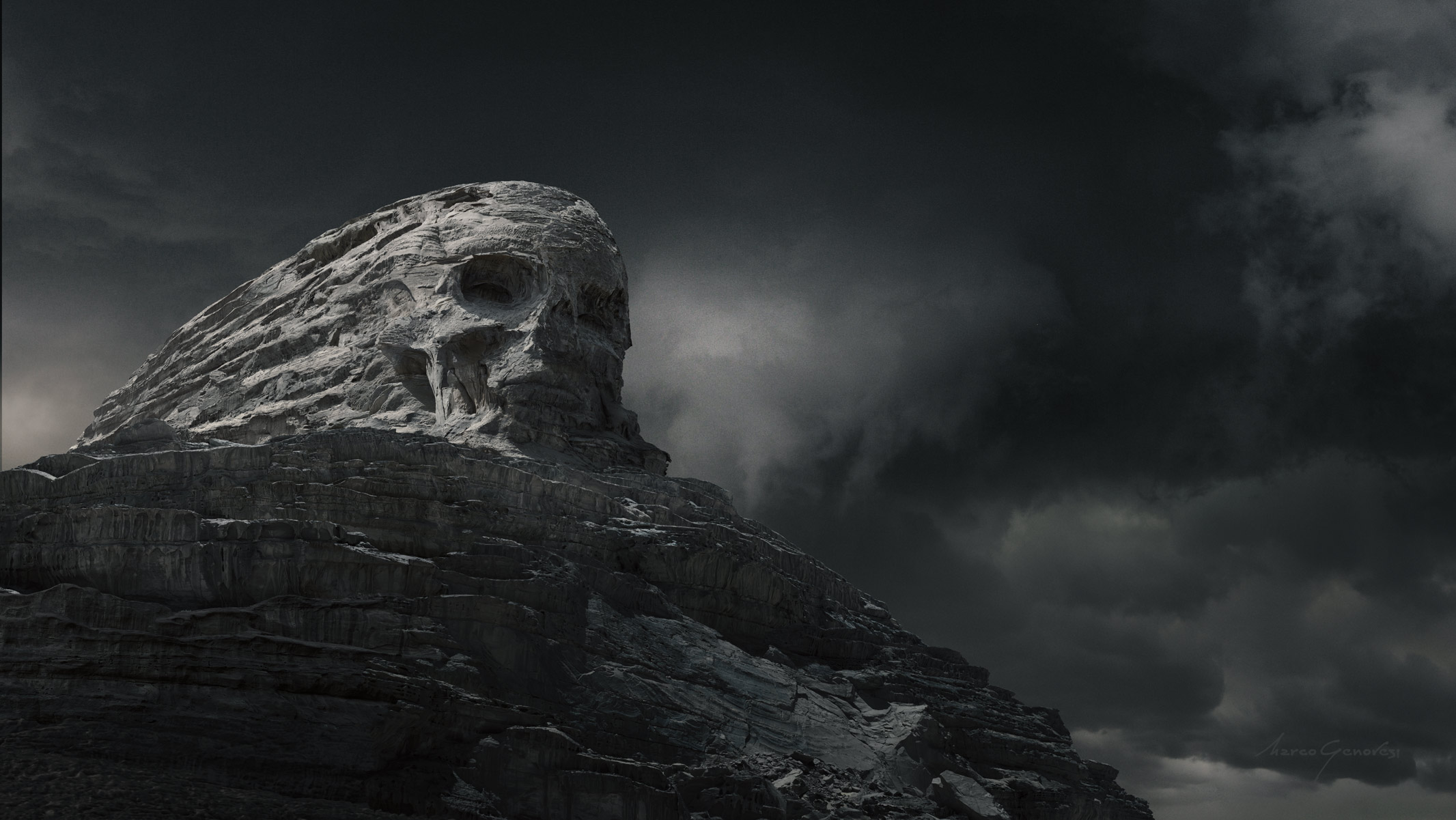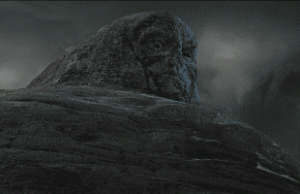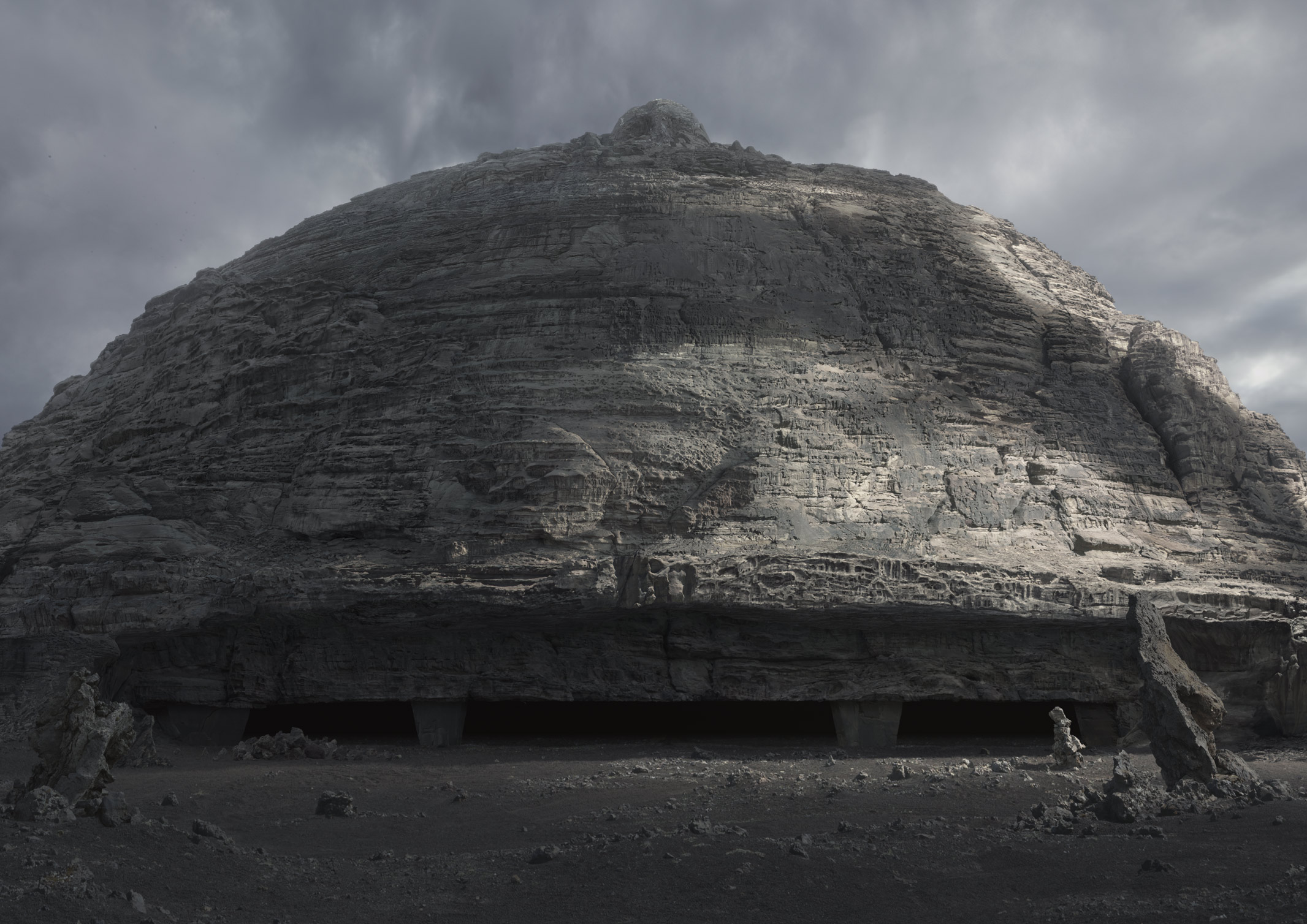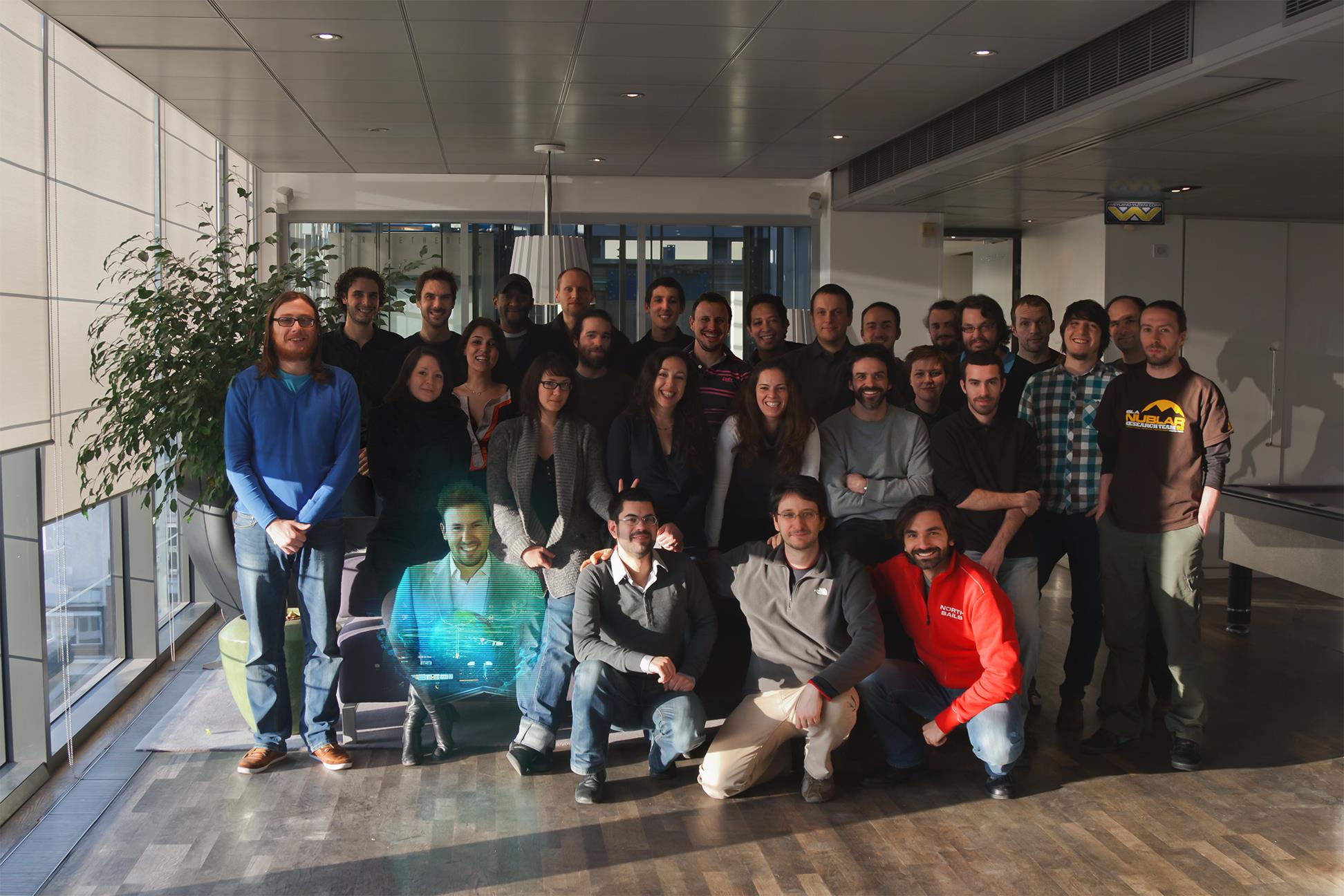Prometheus has been the show in which Ridley Scott came back to the Sci-Fi genre after delivering master pieces such as Blade Runner and Alien.
Hence everyone involved was determined to make a new masterpiece and I rarely saw the same amount of excitement and drive.
We also felt that the project was a unique opportunity to contribute to the Alien universe, so we didn’t spare energy. We constantly pushed for the extra mile and I believe the effort and enthusiasm is somehow visible in the final shots.
My involvement with the show started quite early with a couple of test shots to research the look of the planet. However I was also required to help with a few other tasks, but after joining “Wrath of the Titans” I came back to contribute to the sequence in which the Prometheus spaceship approaches the LV-233 planet. At that time these shots benefited already from a few weeks of look development by a small pool of very talented DMP artists, led by Marco Rolandi under the supervision of Charley Henley and Richard Stammers.
